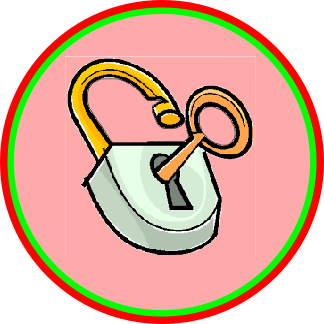New teachers come with a lot of enthusiasm, passion and aspirations. However, they are more prone to commit mistakes during the initial years as they are experimenting with almost everything pertaining to the teaching field. Dealing with errant students, preparing for classes, missing deadlines, surprise classes, corrections – their plates seem to be overflowing all the time. Most mistakes can be easy to recover from and are not career threatening.

However, there are 5 deadly mistakes new teachers make that can backfire easily. These have the power to even cripple your budding teaching career.
Table of Contents
Mistake #1 – Not knowing your students enough
A teacher must know his/her students thoroughly. Starting with their names, a teacher must know their traits and sensitivities. They must be able to predict their behaviour under different situations in the classroom.

Knowledge of a student’s personality allows the teacher to
- Tailor their teaching to different broad personality groups in the class
- Deal with misbehaviour and lack of concentration based on individual sensitivities.
- Set expectations in accordance with their personalities
It allows the teacher to tailor the learning experience for each kid in accordance with their absorption abilities.
Personalized approach in teaching is made possible only when the teacher knows each student like the back of their hand. The advantages of a going into the class to provide each student a personalised learning experience are
- Make each student comfortable with the fact that their teacher is not going to pressurize them beyond their best abilities.
- Allow each student to build their own equation with the teacher.
What happens when the teacher is ignorant of their students?
Ignorance comes at a huge cost. A class is usually a mix of students, some of who like to impress their teachers, some who are introverts, others who are talkative and so on. One size will not fit them all. Punishing them all for the mistake of a few or praising a selected few can do more damage than good.
Mistake #2 – Planning without flexibility for a class
Planning for a class starts with the preparation of lesson notes. Typically, candidates with a degree in education have been taught to stick to a lesson plan that starts with an Aim, objectives, the flow of the lesson, the pauses to take a dip stick or feedback from students and continue further.

More often than not, real life lessons in the classroom do not conform to this pattern. The reasons could be many – a mischievious kid, an unexpected question, distractions from outside the class, variation in moods of the class and the list goes on.
How can one deal with this? The most effective way is to avoid rigid planning. Keep some room to discuss a related point leading you slightly away from the topic at hand. Allow children to participate in an adhoc manner at times to enrich the learning experience. At times, the content you wish to complete by the end of the period may spill over to the next period. That’s ok as long the deviation impacted everybody’s learning in a positive manner.
Mistake #3 – Putting down the previous teachers
This is one mistake you must never commit as a true professional. The first day at class usually starts off by introductions followed by what their previous teacher for the same subject has taught them.

Be prepared for surprises like certain key lessons not being covered. It could also turn out that the coverage by the former teacher was insufficient or not according to the textbook prescribed methods.
The usual urge is to comment on the inefficacy of the teacher right in front of the students. This can be a fatal mistake.
Every teacher constructs a particular equation with the class during her teaching stint with them. The teacher you are putting down may have had an excellent rapport with her students. The end result of your outburst will be akin to shooting oneself in the foot.
Either refrain from commenting on the previous teacher or praise their positive aspects. That will earn you newfound respect from the students.
Mistake #4 – Turning too predictable to students
Predictability as a teacher creates a comfort zone for your students. However, too much predictability in your mannerisms and reactions can be your undoing.
Examples of predictable behaviour
- Sticking to a set of punishments from which you never deviate
- Always coming to class 10 minutes after the bell
- Never checking for homework given to students.
Students often tend to reciprocate their teacher’s actions. This can lead to mimicking and
Another problem with too much predictability is that students start pushing the envelope with respect to their relationship with the teacher. They start exploring your level of toleration to their pranks. This can be unnerving too.
Mistake #5 – Posing empty threats to students
This is another mistake that can backfire. Threatening students with strict punishment that never materializes ends up emboldening the students. They renew their efforts to undermine your authority with impunity. They are encouraged by your empty threats consisting of mere words and no real action.
If you had mentioned that you would report a student to the principal if he misbehaves the next time, you better be prepared to put it to action when the student does misbehave. If you cannot get yourself to do it, then refrain from spelling out the punishment in advance.


Good one..
Hope this helps many aspiring teachers to start their career in a smoother way..
This would be more effective if all schools get a opportunity to limit the strength of a class to a very healthy numbers instead of huge sum of students which was common to our times .. considering the present population it is tough… But starting from our generation it should be easy to implement… Thank you
Class strength often comes in the way of ideal education standards. However, newer teaching methodologies supported by technology might untie these kinds of unpleasant knots.
Congratulations for publishing this analytical article.
Wish the teaching faculty will go through the same.
Thank you for your thoughts.
Vijay